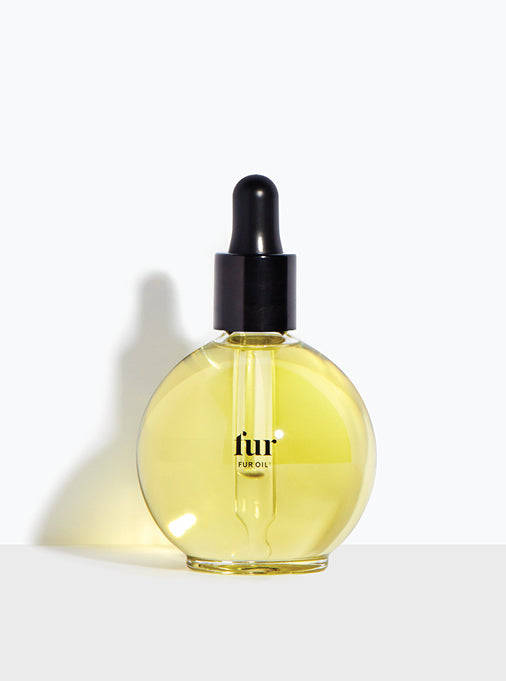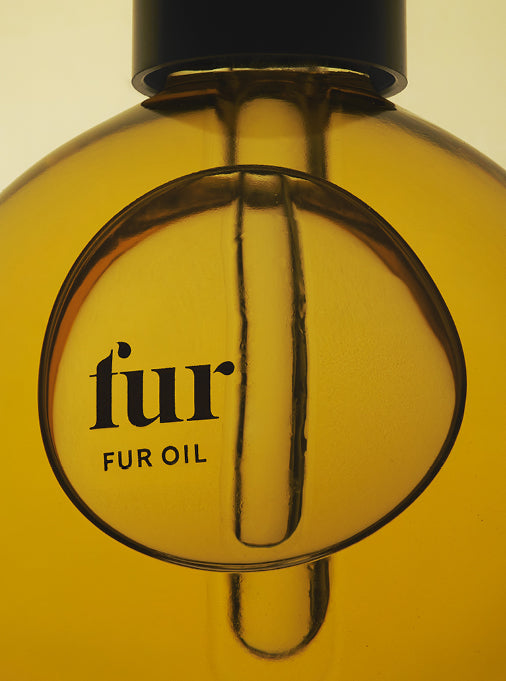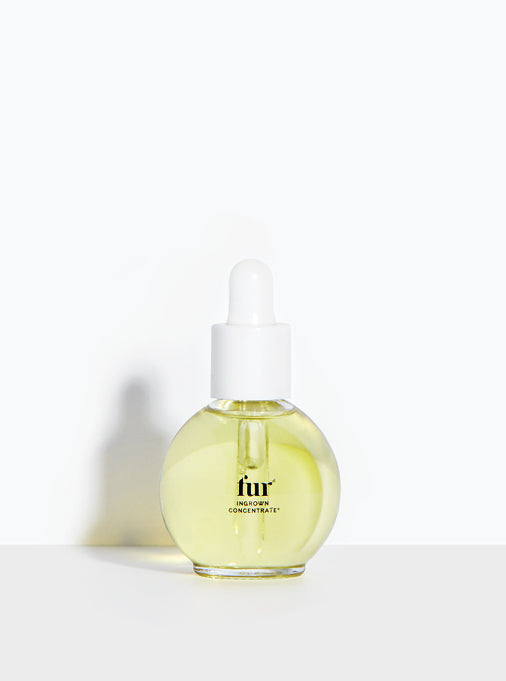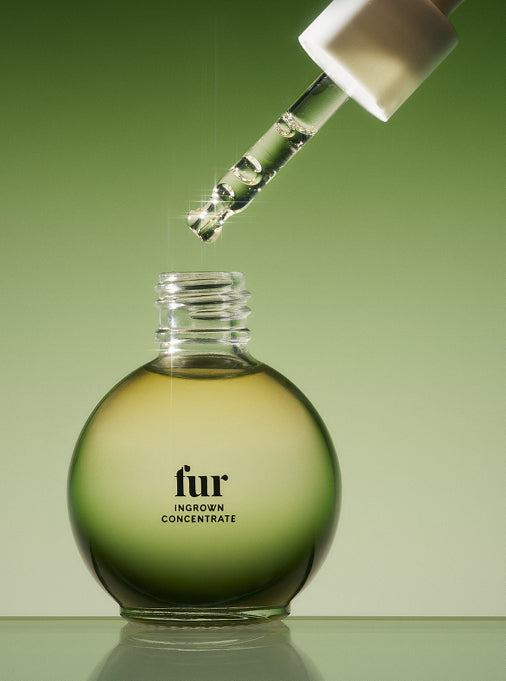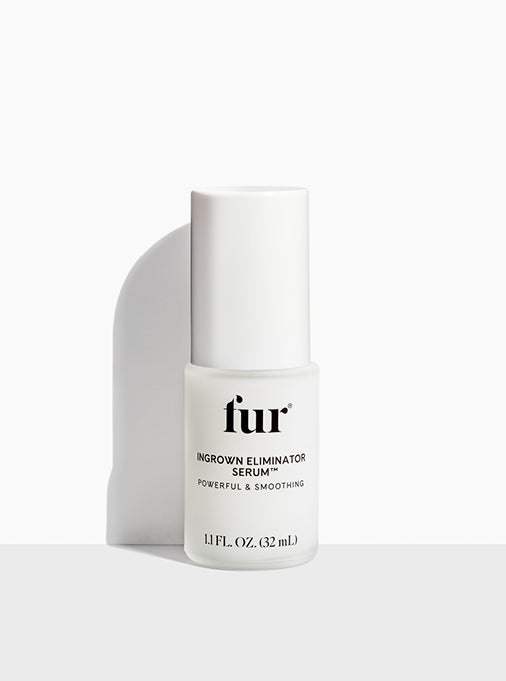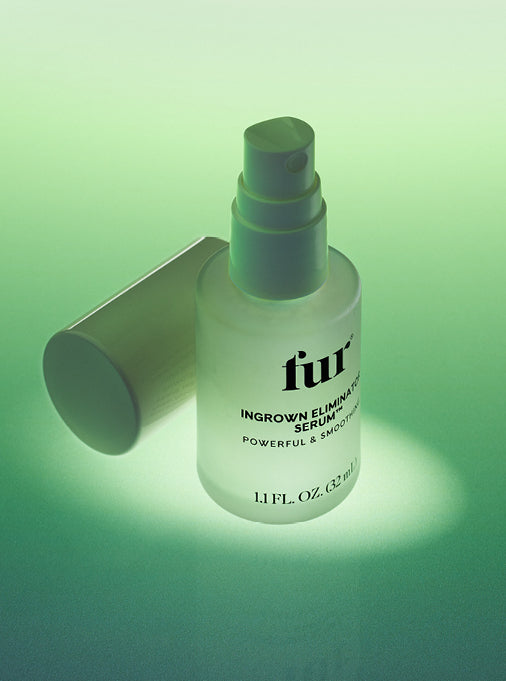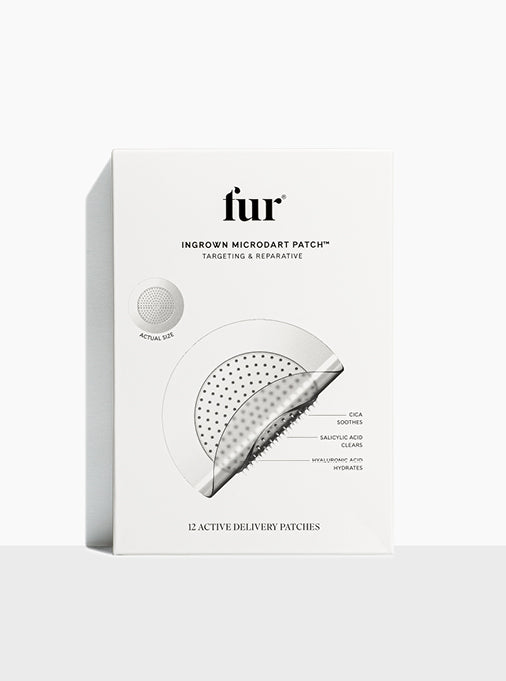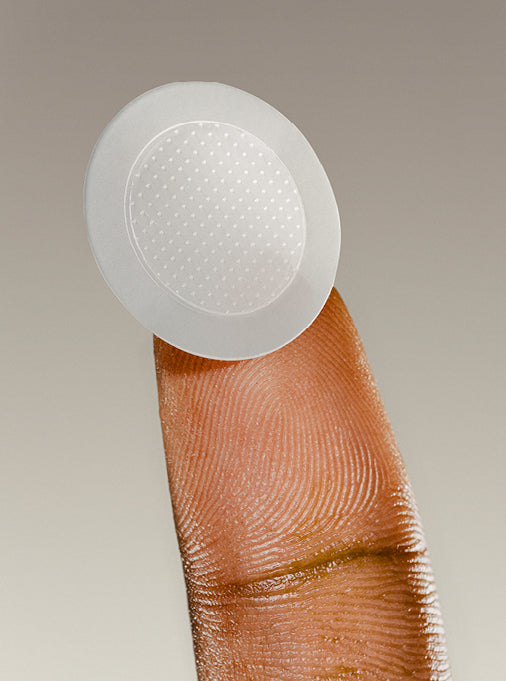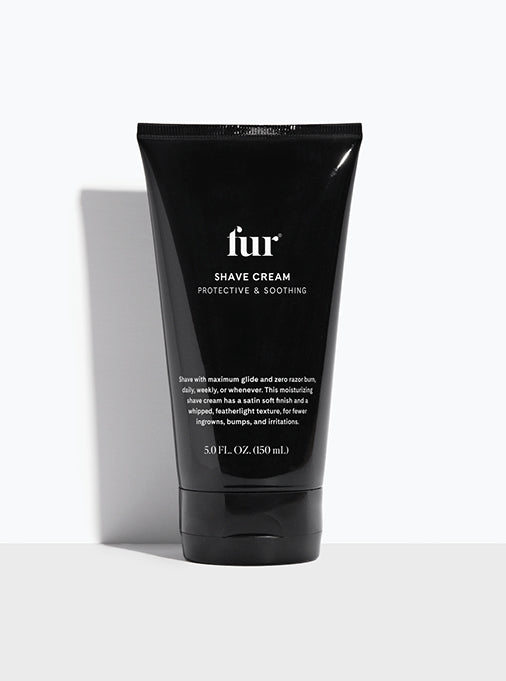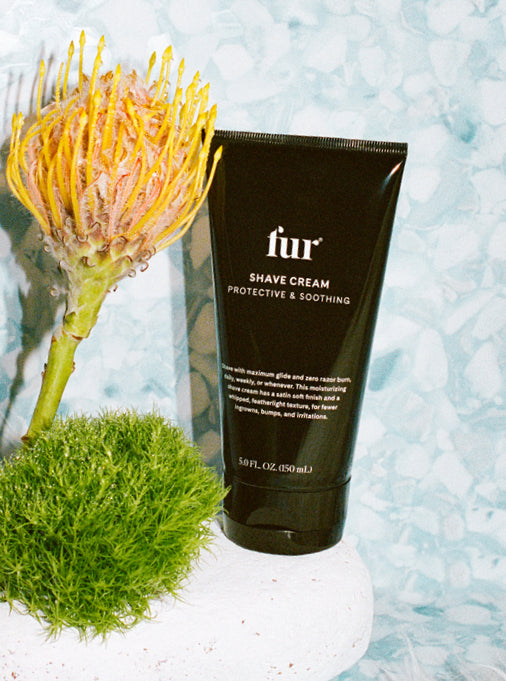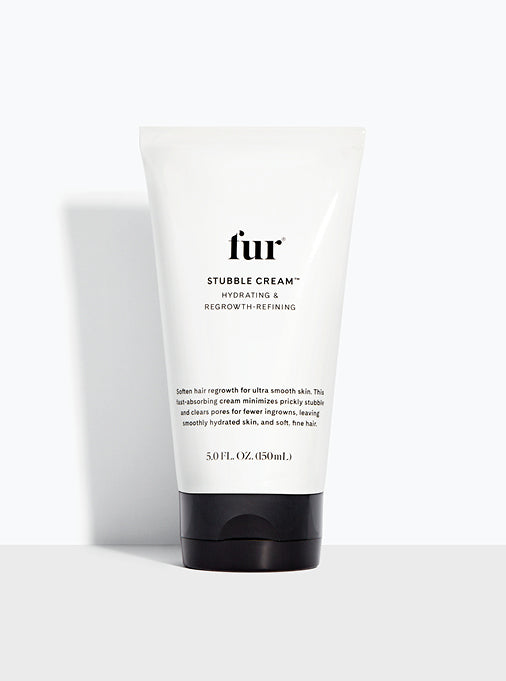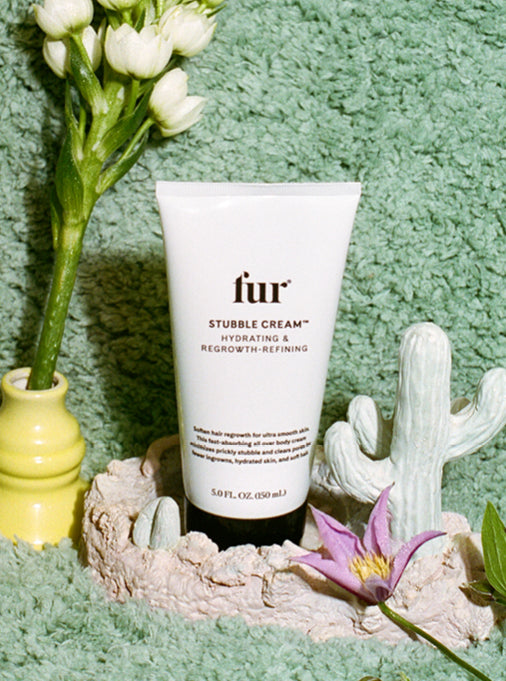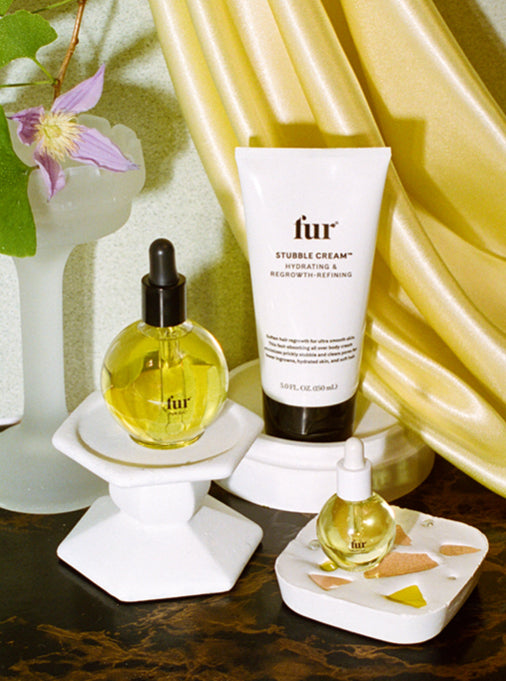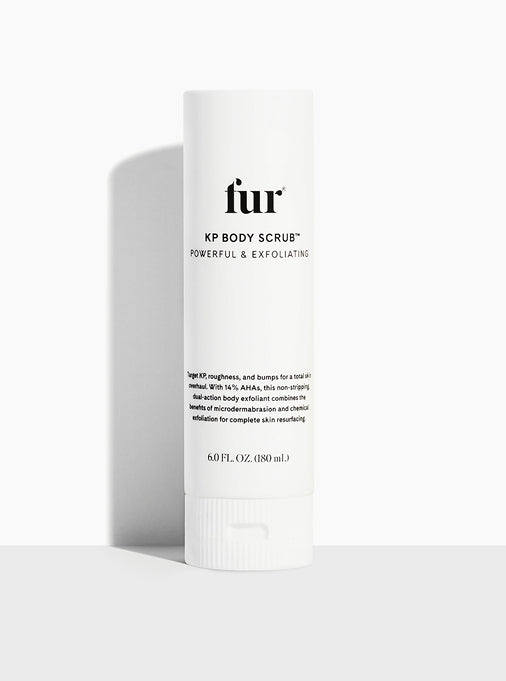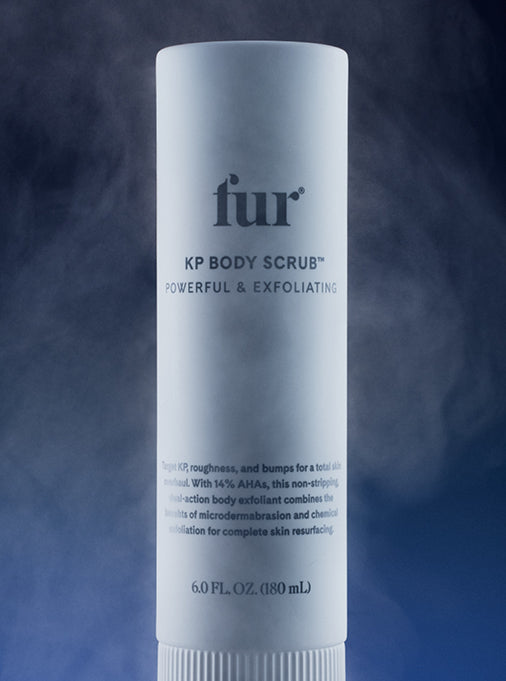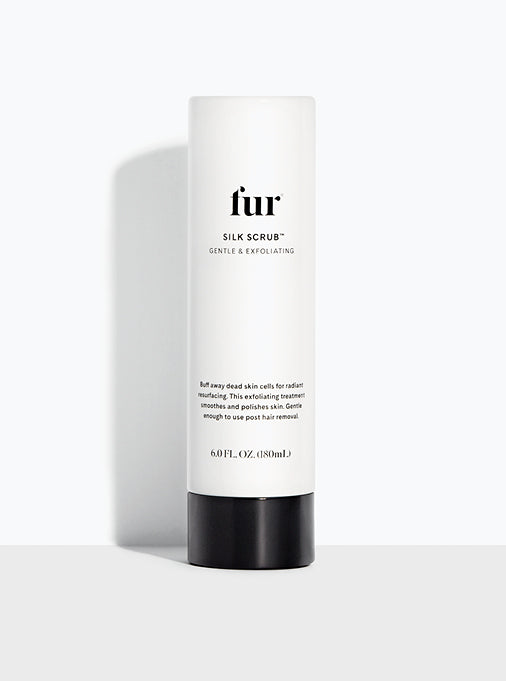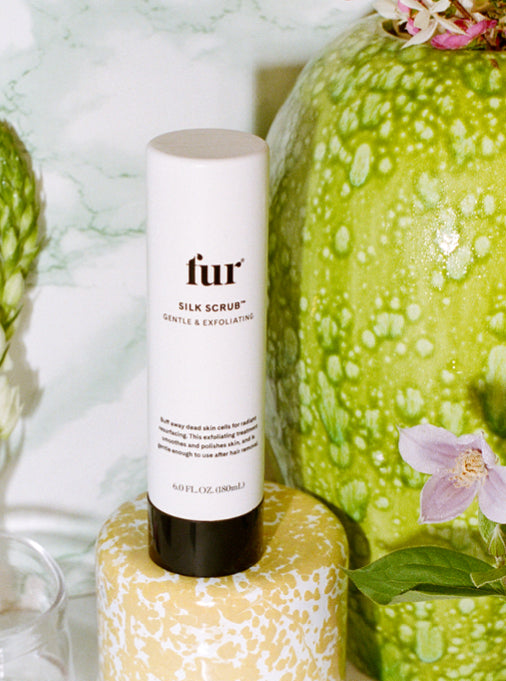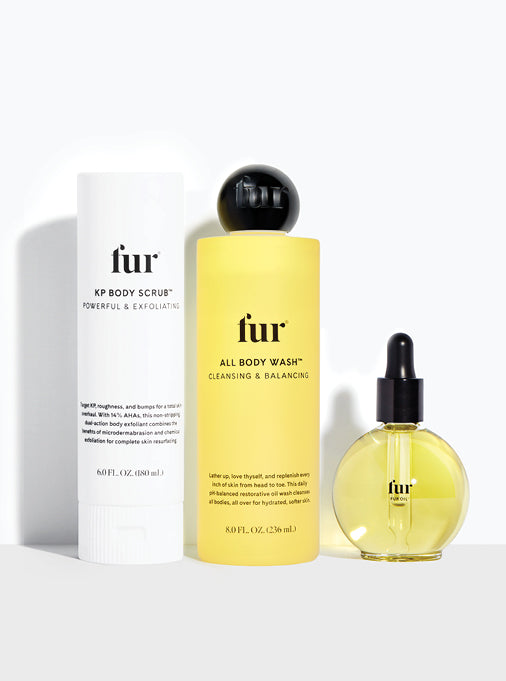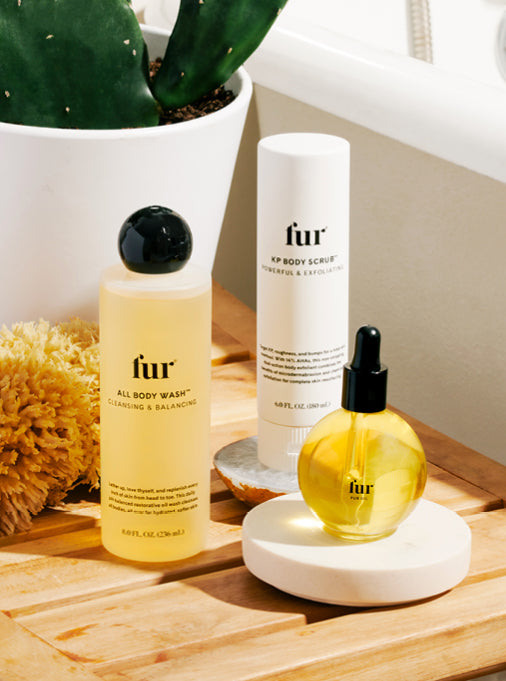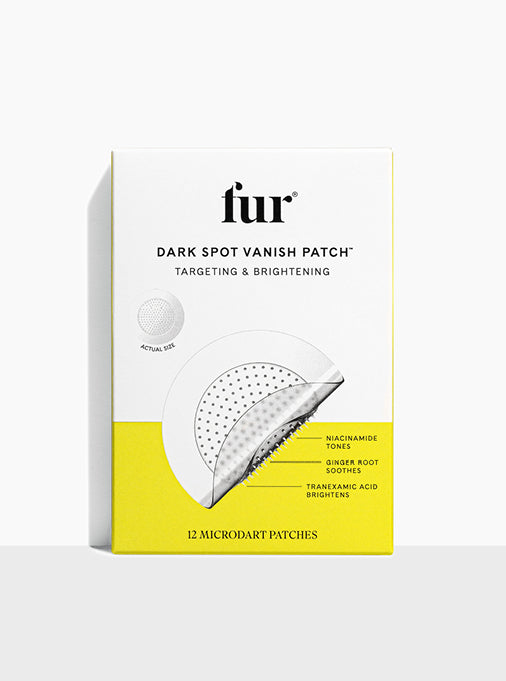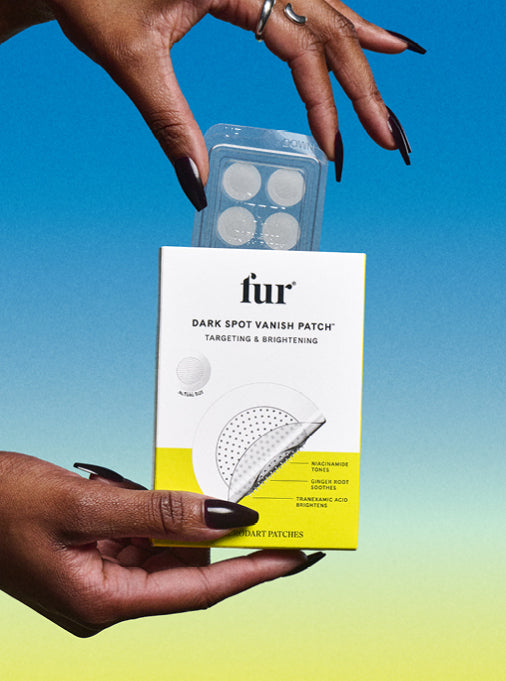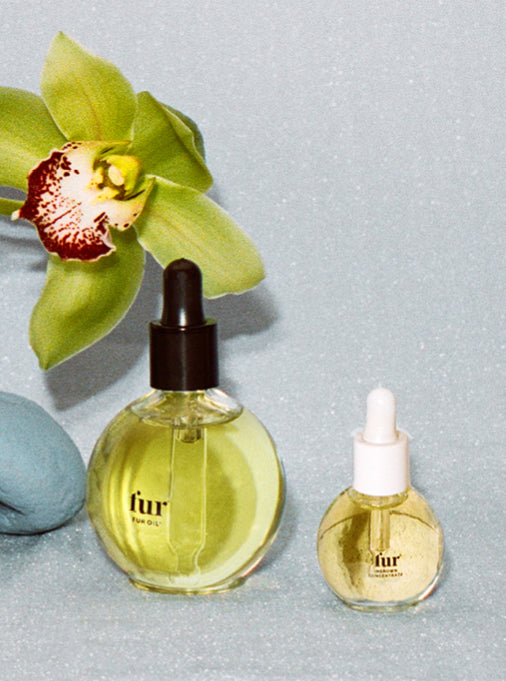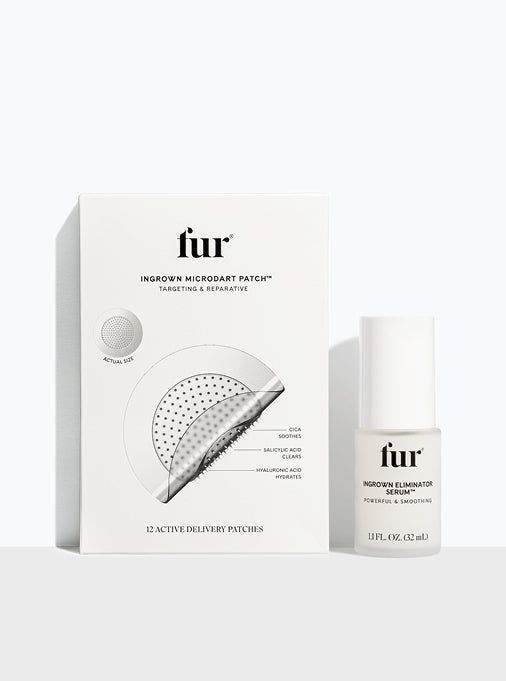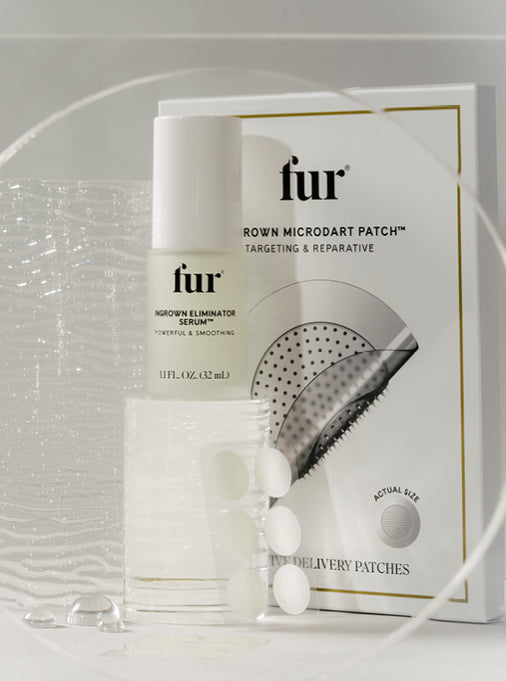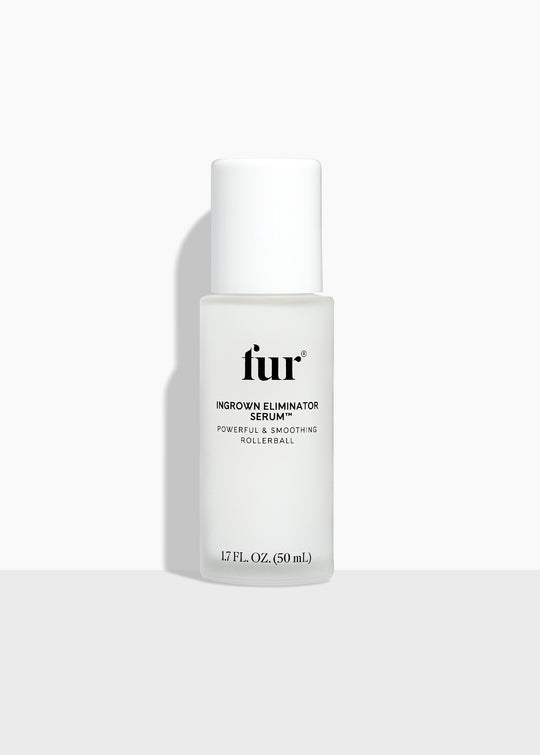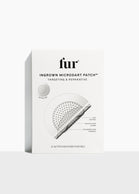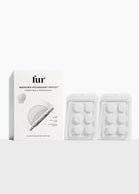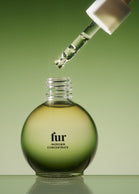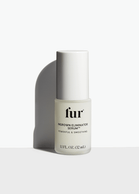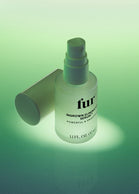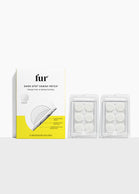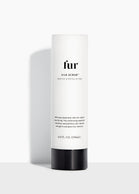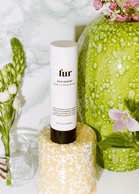
When your body hair can’t grow out, it grows back in, leaving you with ingrown hairs. That’s why we think of ingrown hair care as more than just a single SOS solution: it’s about comprehensive care. We’ve got all the tools you need to tackle ingrown hairs at every growth stage, from early-stage irritation at the root to post-inflammatory hyperpigmentation once it’s gone.
Phase One: The Ingrown Appears
When an ingrown hair forms, it's either the result of a hair that can’t break through to the surface during regrowth, friction, or excess sebum production trapping the hair in your pore. The second you spot an ingrown hair or bump, it’s time to get to work before it gets worse. Whatever you do, don’t pick it—patch it with Ingrown Microdart Patch. Not only does the flexible patch protect you from tweezer madness, but its microdarts penetrate deeper than a topical can to heal your ingrown from the inside out.
Between patch wears, it’s important to re-introduce moisture to the skin. It may seem tempting to fight the ingrown with your heaviest hitters, but for some, especially for sensitive skin types, stronger products can dry out your skin and actually make the recovery time slower. Apply a few drops of Ingrown Concentrate immediately after removing Ingrown Microdart Patch, and rub in. Its blend of nourishing oils hydrates skin and soothes any lingering irritation, and can even assist the trapped ingrown hair slide out and break free.
If you do have tougher skin that responds well to products with a high concentration of actives, spray Ingrown Eliminator Serum onto the area after patch application. Its high percentage of active AHAs is ideal for clearing out the debris and excess sebum that’s trapping the hair beneath the skin.
Phase Two: The Skin Recovers
Once the ingrown hair has been released, or the cystic bump has gotten less inflamed and diminished in size, it’s time to focus on recovering your skin health. Your ingrown hair is gone, but you’re not quite in the clear yet. If the ingrown hair was cystic, or if you’re prone to scarring, this is a critical window of time to prevent dark spots or discoloration from forming. Don’t let ingrown hairs make their mark with Dark Spot Vanish Patch.
Phase Three: Long-Term Maintenance
The easiest way to deal with ingrown hairs is to make sure they don’t happen in the first place—and that starts with daily, proactive maintenance. If hair removal is your thing, you run the risk of ingrown hairs forming beneath the surface during every regrowth phase, and if you’re simply ingrown-prone, they could happen at any time. No matter your grooming routine, the key to keeping ingrowns at bay is keeping your pores clear with regular exfoliation. Silk Scrub is an ideal exfoliator to incorporate 2-3 times per week, thanks to its dual-action chemical and physical exfoliation. It’s gentle enough to use on sensitive skin, like your pubic area and bikini line, but powerful enough to clarify pores from the inside out.
Long Term: A Cohesive Routine
To keep your skin happy and ingrown-free, you need a daily care routine. The Ingrown Defense System was designed as a comprehensive care routine to tackle ingrown hairs, and concerns like dryness and discoloration that occur throughout the ingrown’s growth cycle. Utilizing all of the steps mentioned above, you’ll have everything you need to target, treat, and defeat ingrown hairs once and for all.
